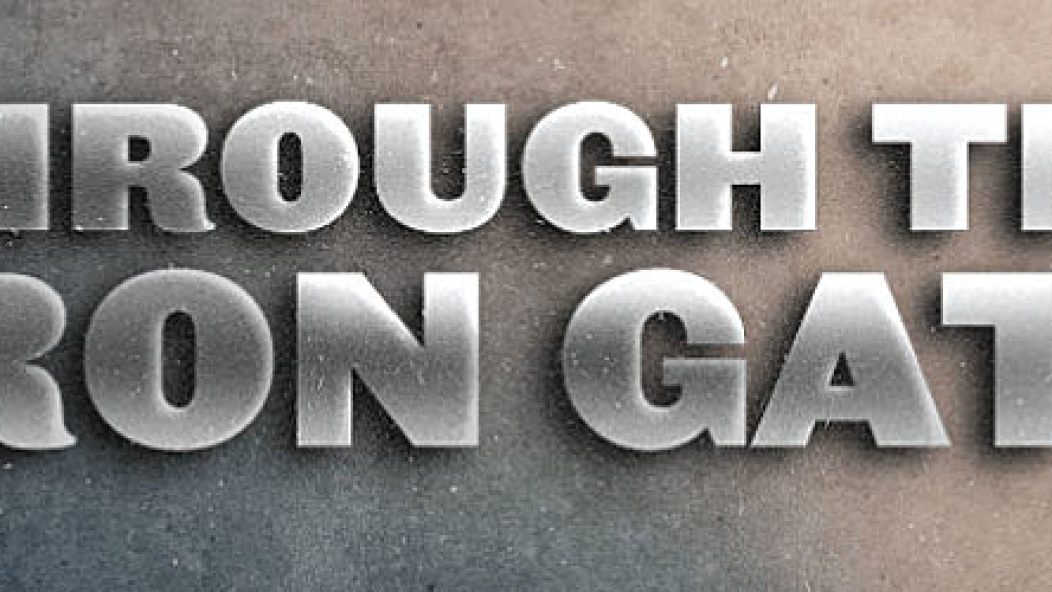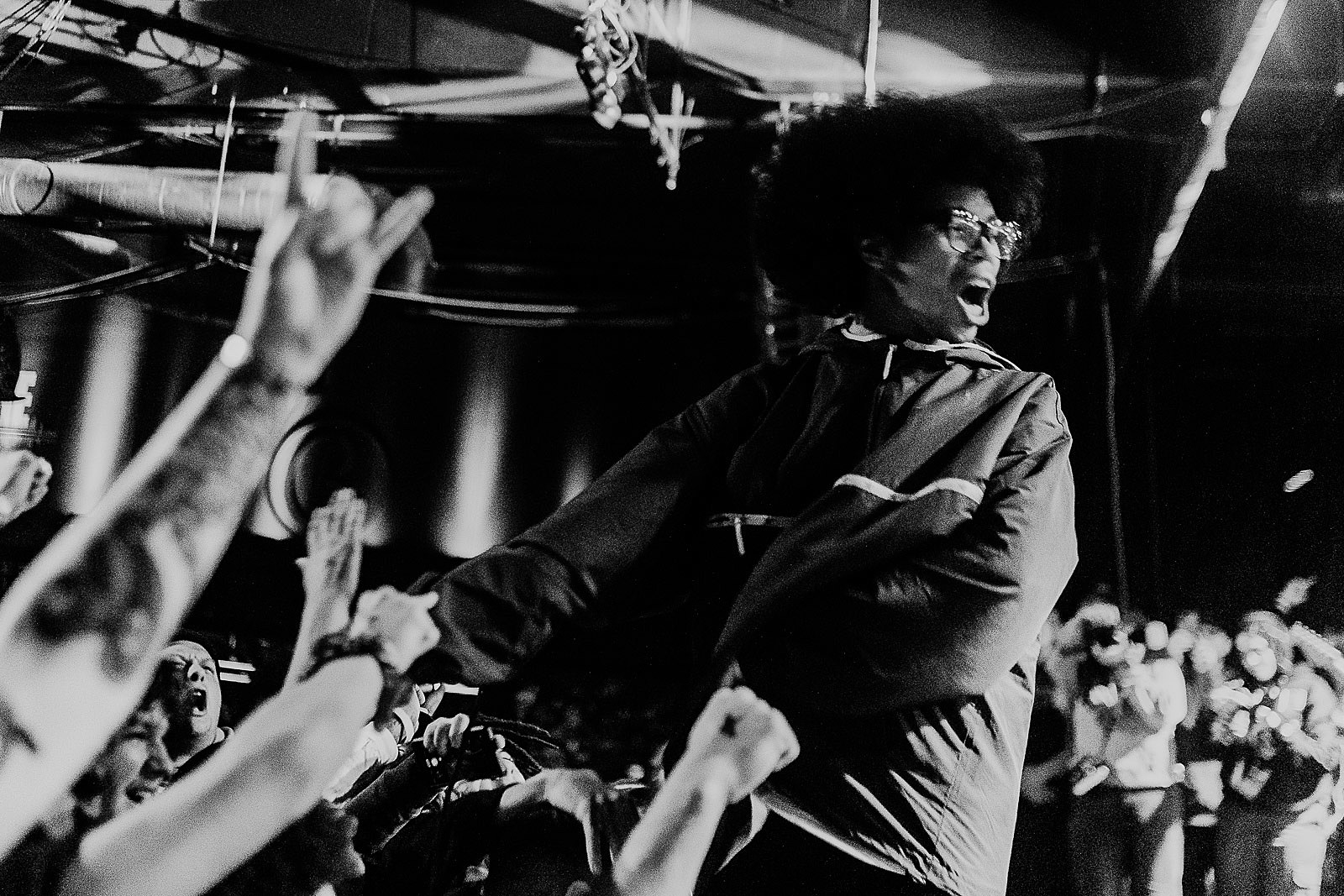
Through the Iron Gate
If I’ve managed to make a dent of an impression through my collective IO writings, I hope it’s that I unconditionally love all forms of music, metal or not. Nothing warms my ears more than versatility and nothing catches my attention more quickly than a versatile hessian, since metal will always be my genre of highest influence. This standard allows me to believe in a universe similar to my own, where professional metalheads lounge around listening to John Coltrane or John Fahey before heading off to record or perform. I’d like to believe that there are a slew of secret shredders that have shoeboxes full of covert experimental jams but consciously choose metal as their primary means of articulation. This rounded appreciation for music then reassures the listener that a mountain of influence pours into those somewhat singular blasts that could tumble into tedium without a pinch of something other than heavy. That said, there’s also nothing more disappointing than watching a thrasher step outside of his/her comfort zone and fail attempting something different.
As a budding teenage bassist in the mid-’90s interested in all forms of music, nobody appealed to my sprouting interests by breaching genre gaps quite like Steve Digiorgio (of Sadus and Death). From his fusion technique to his fretless tone, Digiorgio reinvented the role of bass in extreme music and debatably still owns the throne. It appeared obvious that he applied a wealth of musical knowledge in his performance that travelled far beyond root notes, allowing compositions to take on new dimensions, and empowering a generation of bassists to play a more active role in metal songwriting. Motivated to learn the solos at the end of “The Philosopher”, I began an email correspondence with him, asking all sorts of embarrassing questions regarding technique and tablature. Through those exchanges, I received an early demo from his jazz-fusion project Dark Hall that, outside of minor tones, contained no metal moments whatsoever. It was an impressive product that with time has come to carry increased personal meaning due to both its connection to metal and its unabashed experimentation. It represented a challenge to his audience that disregarded the glass ceiling limiting his instrument’s behavior.
. . .
Dark Hall – “Changing Weather”
. . .
Outside of that microcosm, how many metal musicians have strayed completely outside of thrashdom and created music that bears no resemblance to the genre that bore them relative fame? Furthermore, how many of them were convincing? Two other examples that immediately come to mind are Xploding Plastix, a Norwegian electronic duo who played in the brilliant black metal group Kvist before their transition, and Gorguts/Dysrhythmia guitarist Kevin Hufnagel, who has released some tremendous solo albums worthy of praise. But I now ask you, dear reader, who else has successfully crossed that bridge from metal into parts unknown and inspired you to expand your musical vocabulary?
. . .
. . .
http://www.youtube.com/watch?v=FN3vhWDtuX4
Xploding Plastix – “Tintinnamputation”
. . .
. . .
Kevin Hufnagel – “Hunter/Hunted”
. . .
Steve Digorgio’s website
Xploding Plastix website
Kevin Hufnagel’s Bandcamp












